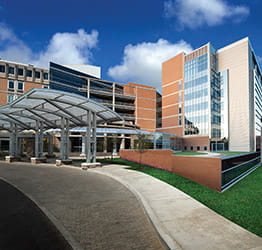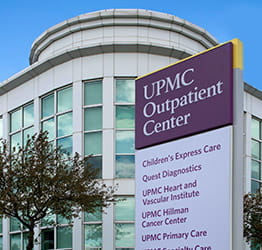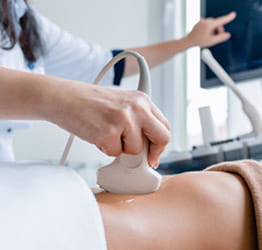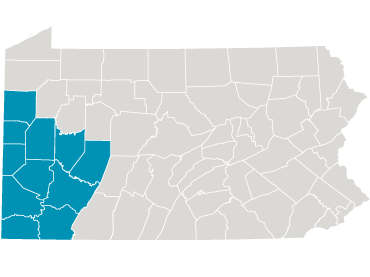UPMC Teleneurology will offer you a video visit if:
- You prefer an online rather than in-person visit, and
- We're able to address your concern through a video visit.
If you're eligible for a teleneurology visit, we'll send you appointment times within 1 to 2 business days of your request. Once you confirm a time, we'll send you a message via your UPMC patient portal on how to log in to your appointment.
All you need to get started is a scheduled video visit and a device with internet access that supports video calls, such as a:
- Smartphone
- Tablet
- Laptop
- Desktop computer
Schedule an Appointment
What to Expect During a Teleneurology Visit
During your visit, the neurology provider may:
- Talk with you to assess speech, memory, cognitive function, and more.
- Ask you to touch part of your face to check your movements and coordination.
- Look at your eye movements and pupil size.
Your video visit can help your neurology provider:
- Find signs of a wide range of treatable disorders.
- Adjust your medications.
- Refer you for other treatments or further tests, such as bloodwork or imaging scans. You can often get these tests at a center close to your home.
After you complete your visit, your neurology provider's office staff will reach out to book follow-up video or in-person appointments.
Types of Teleneurology Appointments
If you have problems with mobility or other related issues, but would like to discuss your symptoms with a neurologist, video visits can be a good way to explain what is happening to you. You may want a caregiver with you during your appointment to help describe the issues.
There are several different neurological conditions that can be evaluated through telemedicine. Some of these conditions include, but are not limited to:
- Cardiovascular event
- Transient ischemic attack (TIA)
- Stroke
- Aneurysm
- Headache/migraine
- Memory loss
- Neurological infections
- Post-concussion
- Seizure/epilepsy assessments
During your video visit, the neurology provider will:
- Talk to you about prior diagnoses and symptoms.
- Do short cognitive tests and may order more tests, such as an MRI or blood work.
- Diagnose your condition, either at the first appointment or a follow-up visit after getting your test results.
- Explain next steps and offer options for managing or treating symptoms.
If it is determined that an in-person visit is necessary to further evaluate your condition - as a follow-up to your video visit or to have a procedure performed as the next step in your care plan - our scheduling team will help to coordinate an appointment at one of our convenient locations.
Benefits of Teleneurology Visits
With a neurology video visit, you save time and effort. You may be able to avoid taking time off work and driving to an office appointment.
Video visits are especially helpful if you:
- Have debilitating symptoms.
- Have problems with mobility.
- Have a busy schedule.
- Live far away from a neurology clinic or major hospital.
Is a UPMC Teleneurology Visit Right for Me?
We offer video visits to both new and current UPMC neurology patients.
A teleneurology visit is ideal for people who:
- Have symptoms for which a neurologic exam is not always critical for initial or follow-up evaluation.
- Need ongoing management and treatment of a chronic disease like epilepsy.
- Have a minor issue or question about their diagnosis or treatment.
For issues like movement problems and muscle weakness, in-person appointments may be best. Doctors often use touch and closely observe the muscles to diagnose these disorders.
Most insurance plans cover video visits. Still, it's a good idea to contact your insurer to confirm coverage.
















